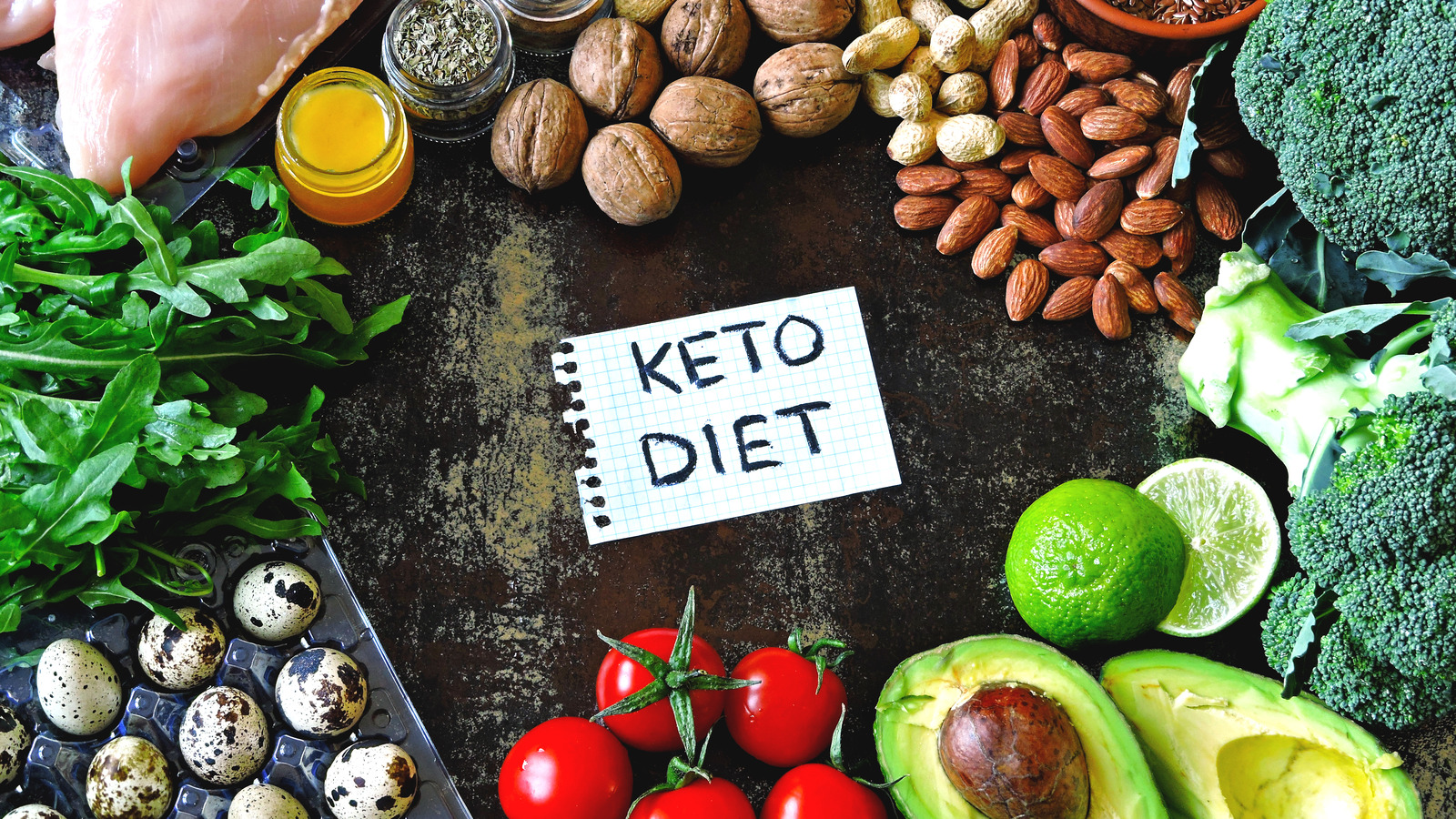
The ketogenic diet can improve appetite control and aid in weight loss, but it has its drawbacks. For example, there is a risk of developing nutrient deficiencies, explains Harvard T.H. Chan School of Public School. As discussed earlier, this eating plan limits carbohydrates to less than 50 grams a day. Since most fruits, vegetables, and grains are high in carbs, they don’t fit into a keto diet.
Health organizations recommend about two cups of fruits and two or three cups of vegetables per day, notes the Centers for Disease Prevention and Control. Failure to meet these guidelines can lead to vitamin and mineral deficiencies. You can still eat some fruits and veggies while on the keto diet, but your options are limited. For starters, stock up on avocados, berries, rhubarb, star fruit, lemons, cherry tomatoes, and other low-carb fruits, suggests Everyday Health.
As far as vegetables go, your best bet is to eat spinach, cabbage, cauliflower, green beans, watercress, broccoli, and arugula. Bok choy, celery, zucchini, radishes, and kale are low in carbs, too. Other veggies, such as corn, onion, and beans, should only be consumed in small amounts. It’s okay to eat potatoes and other root vegetables occasionally, but you may have to cut the carbs from other meals in order to maintain ketosis.
from WordPress https://ift.tt/oBT3vIV
via IFTTT

No comments:
Post a Comment